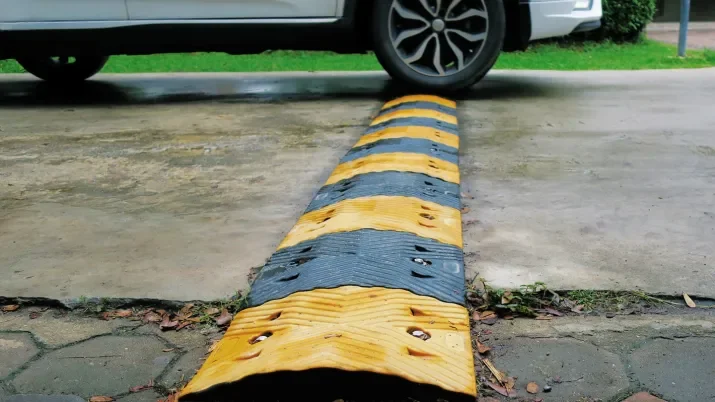Quantitative tightening - Does the Fed have enough slack to loosen its grip?
The minutes to December’s Federal Open Market Committee (FOMC) meeting were released earlier this month and provided some interesting insights on the potential path for quantitative tightening (QT) in 2024, with several participants ultimately recommending slowing the pace of quantitative tightening, which is running at $95bn, to zero.
Shortly after the release of the minutes, Lorie Logan highlighted the rapid decline in the overnight reverse repo facility (ON RRP) and suggested the committee look to slow the pace of QT as ON RRP balances approach zero. She is the former head of system open market account holdings (SOMA), which is essentially the team that manages the Fed’s assets in the secondary market and so her opinion carries some weight.
The key question for the Fed is not necessarily the ON RRP on its own, but rather the overall amount of excess reserves in the system as we move through the year and the Fed continues to reduce its balance sheet. This is where the debate is most likely to come within the committee as at the back of most committee members’ minds will be the stress observed in money market funds the last time the Fed underwent QT. Between 2017 and 2019 the Fed shrunk its balance sheet via a QT program that took bank reserves down to $1.5tn, eventually preceding a year-end 2019 spike in the spread between the secured overnight financing rate and interest on reserve balances of 275bps, which caused the Fed to roll back QT and introduce a new standing repo facility.
There is no doubt that reserves now are in a very different place to 2019, and, as Fed chair Jerome Powell highlighted at December’s press conference, they are “more than ample”. Bank reserves currently sit at $3.5tn, while there still remains ~$600bn sitting in the ON RRP facility. While nominal GDP has of course increased since 2019, reserves as a percentage of nominal GDP have also grown, from 8% in 2019 to approximately 13% now.
Fed member Christopher Waller in a speech last week highlighted this topic exactly. He pointed to a potential total reserves/nominal GDP ratio that they would be happy to go down to of between 10% to 11%, which at the mid-point would equate to reserves of ~$2.9tn. This would be $600bn below the current level of reserves, and $1.2tn below the current level of reserves plus the ON RRP. Logan also highlighted the ample level of reserves in the system but pointed to the fact that “individual banks can approach scarcity before the system as a whole”, which was probably the reason why we think she broached the subject at December’s meeting.
Our conclusions on the subject are that the Fed is beginning these discussions well in advance of any reserve stress, and we expect an orderly taper of QT this year as a prudent act of risk management. The Fed would like the impact of slowing down the pace of QT to be as uneventful as possible.
We do not think there is necessarily consensus around that starting date yet (as highlighted from the Fed speak above), and members might want to wait and see how the banking sector leans on the bank term funding program, but we would expect a plan soon. Although it is a delicate balance they need to achieve between tightening monetary policy, not disrupting the market too much with the pace of QT, having sufficient reserves in the system, and communicating their course of action well in advance, we do think the Fed has the tools in place to avoid the disruptions that happened in 2019.
And no doubt Powell will have to field questions on the topic at the press conference at the end of this month.




